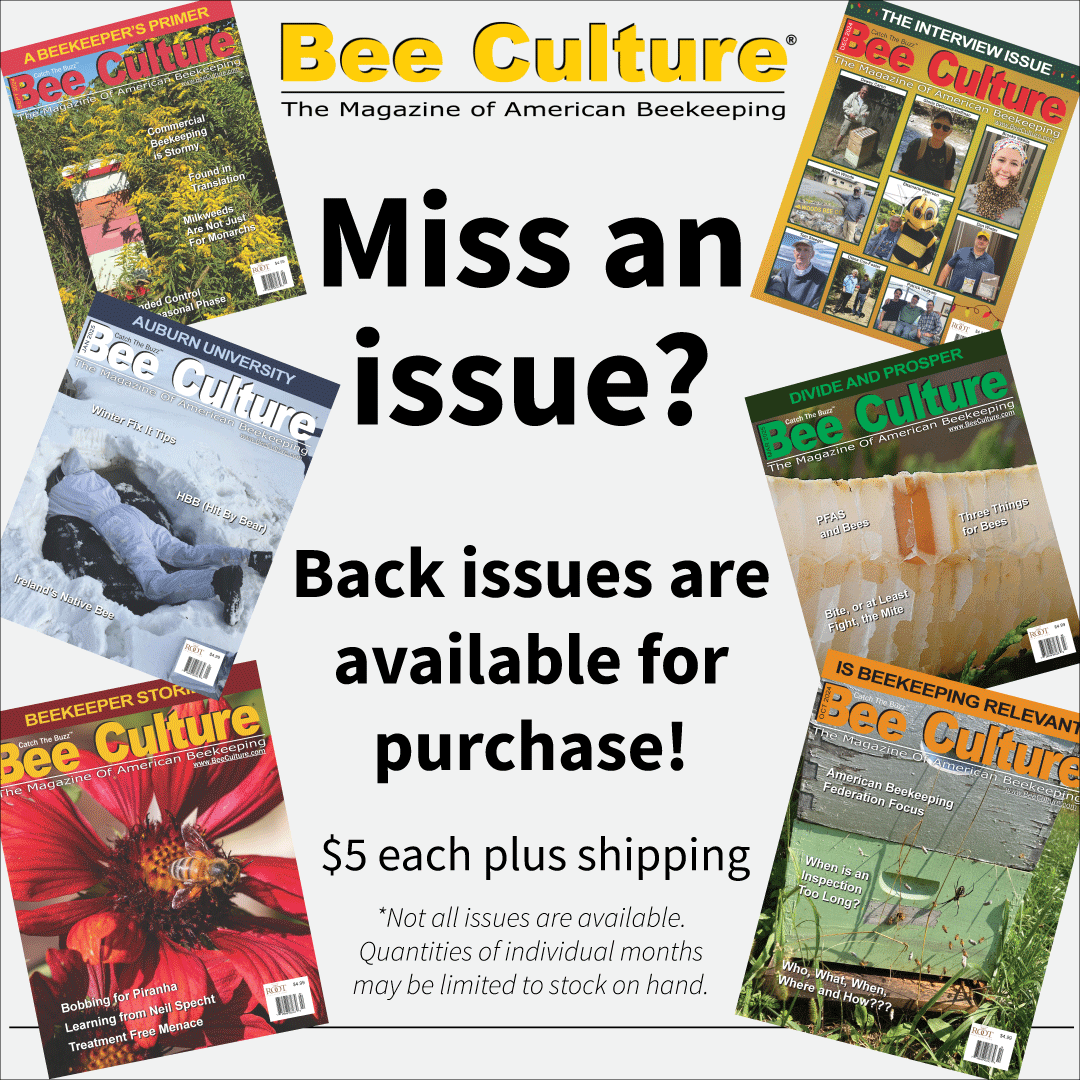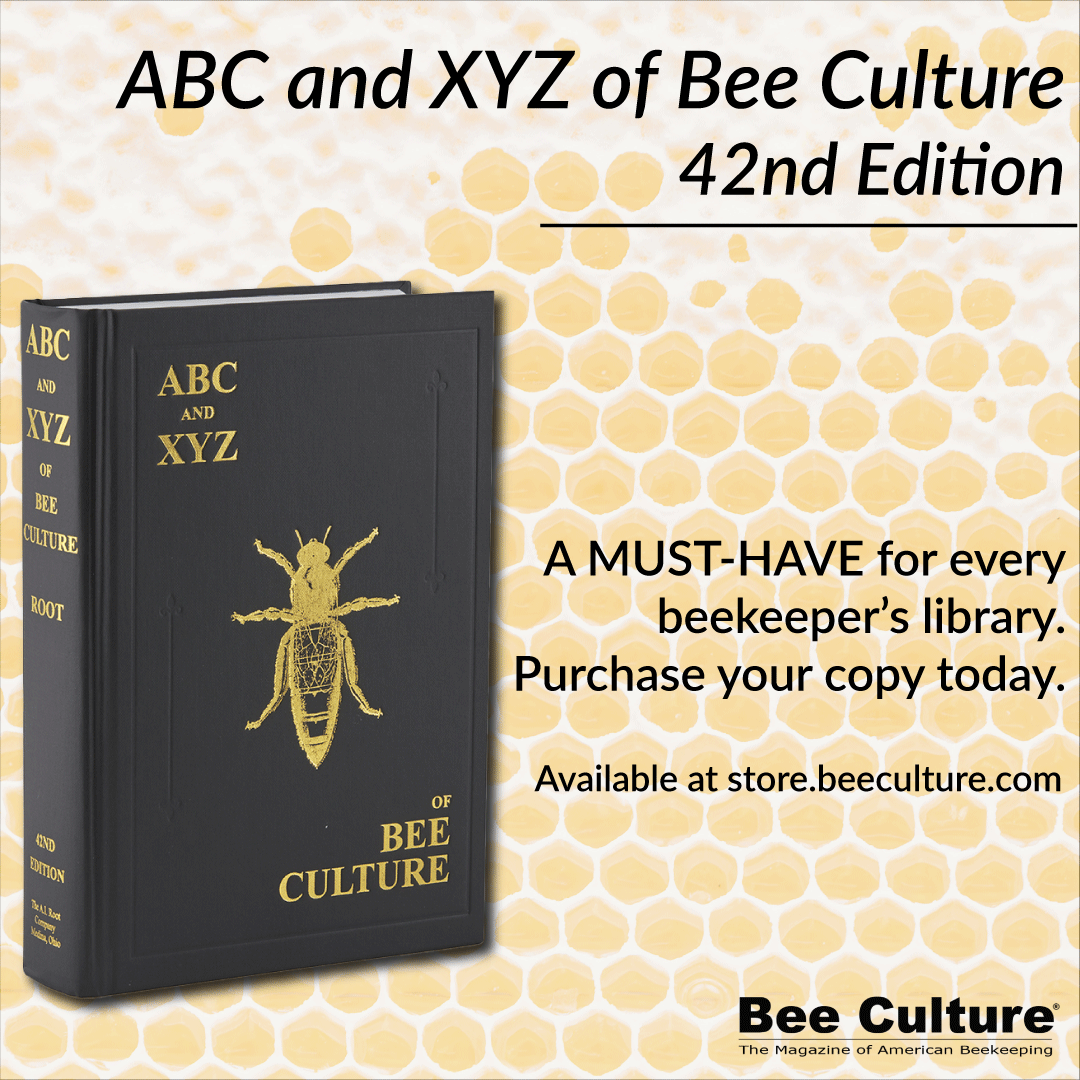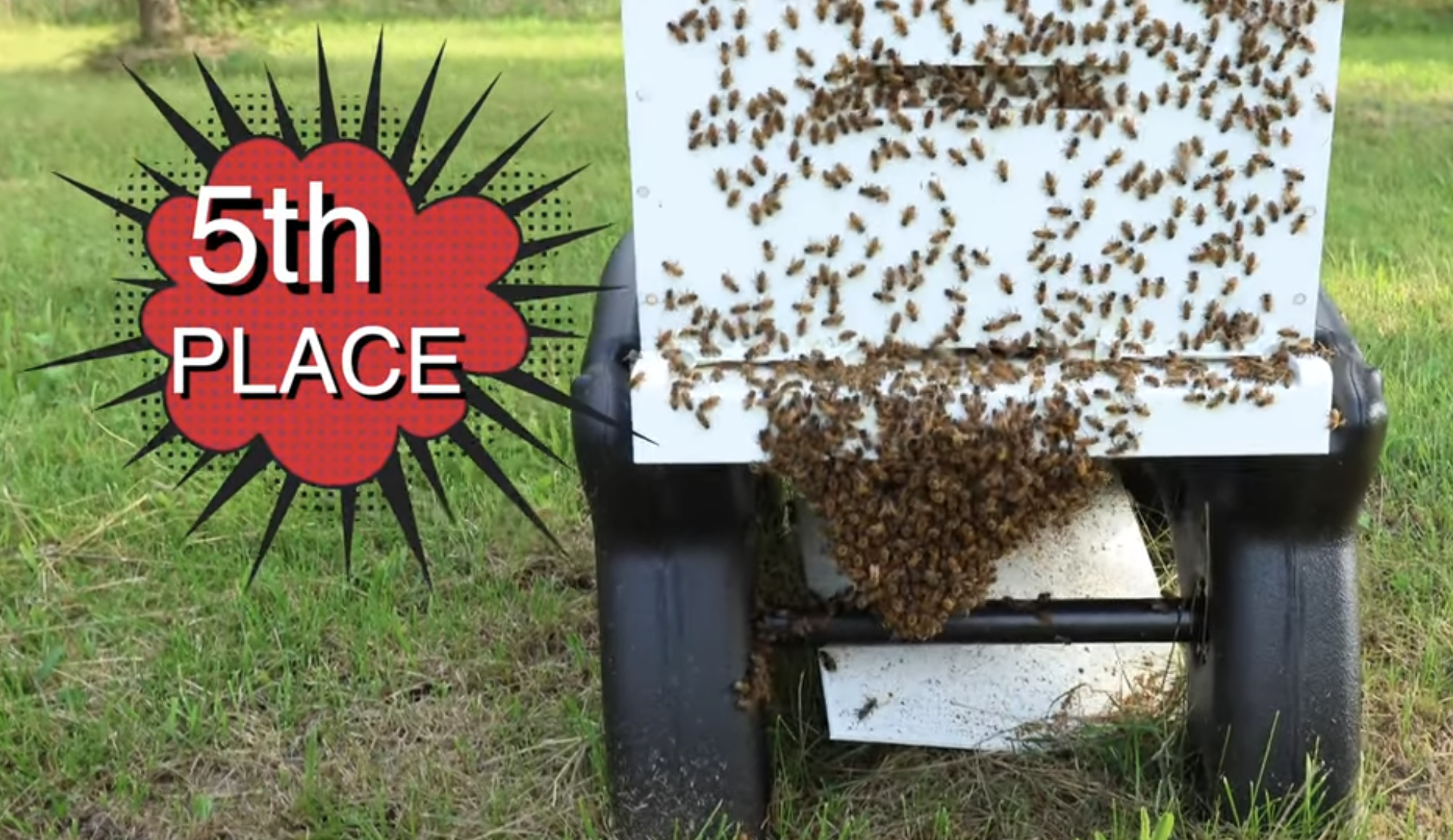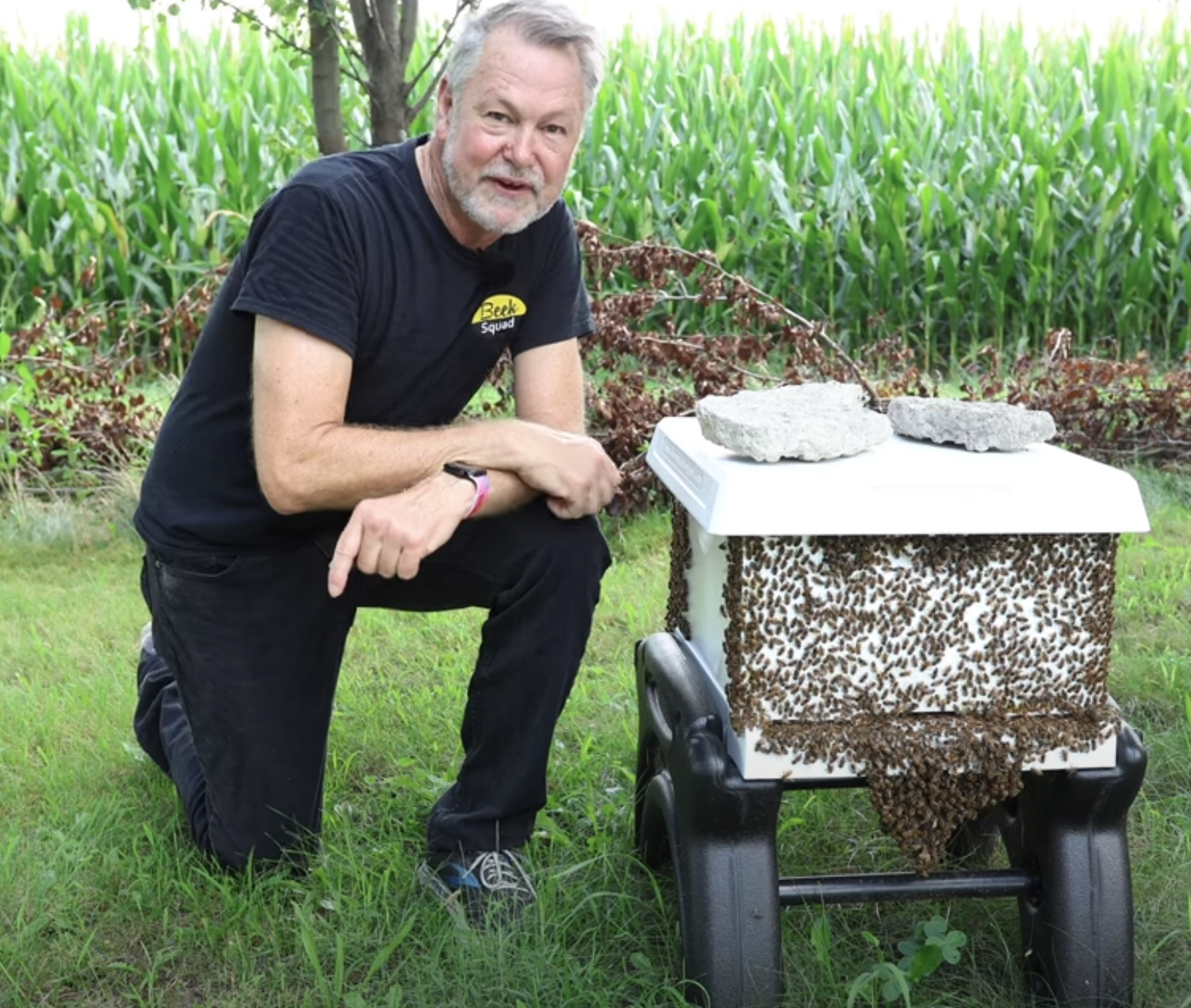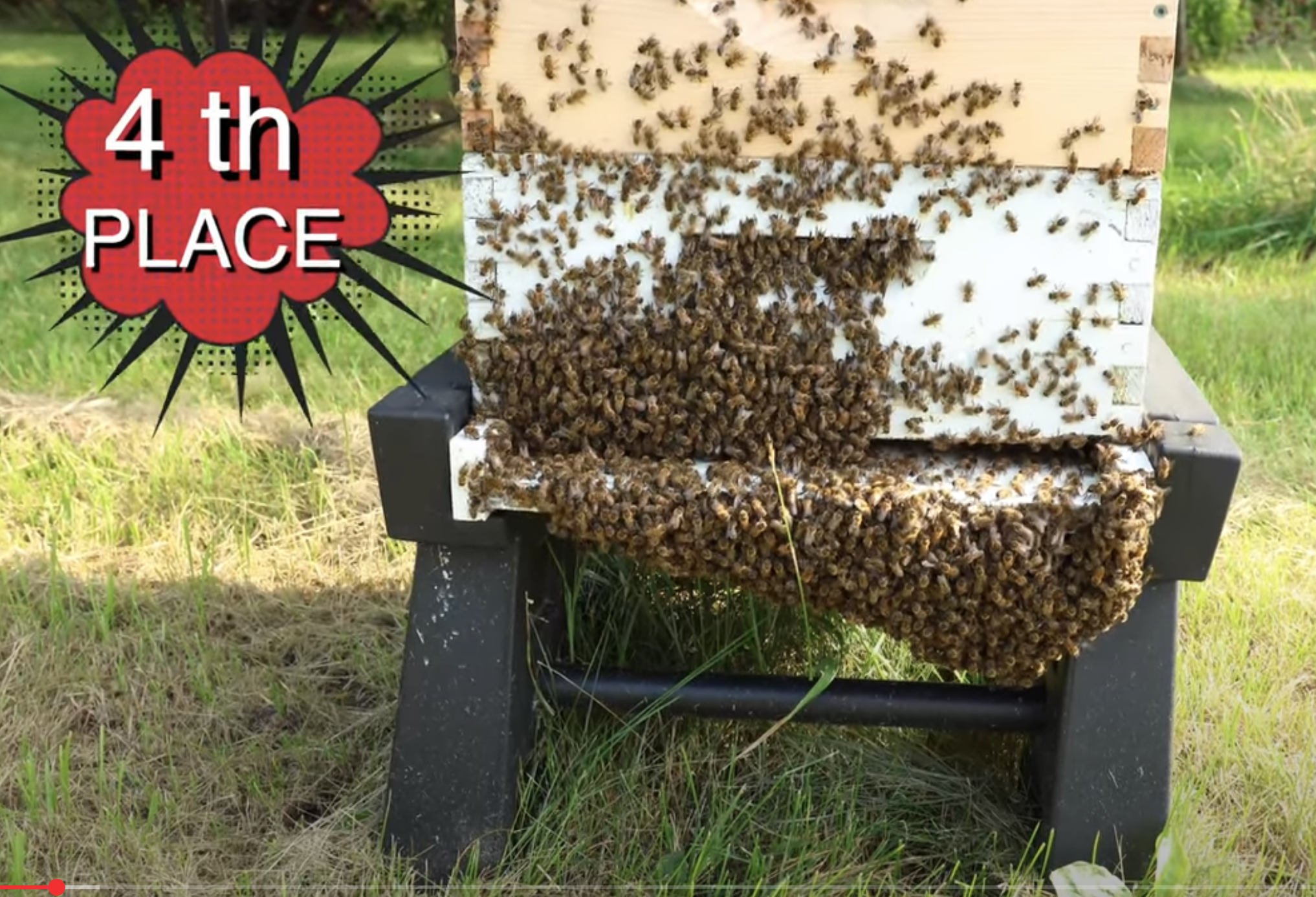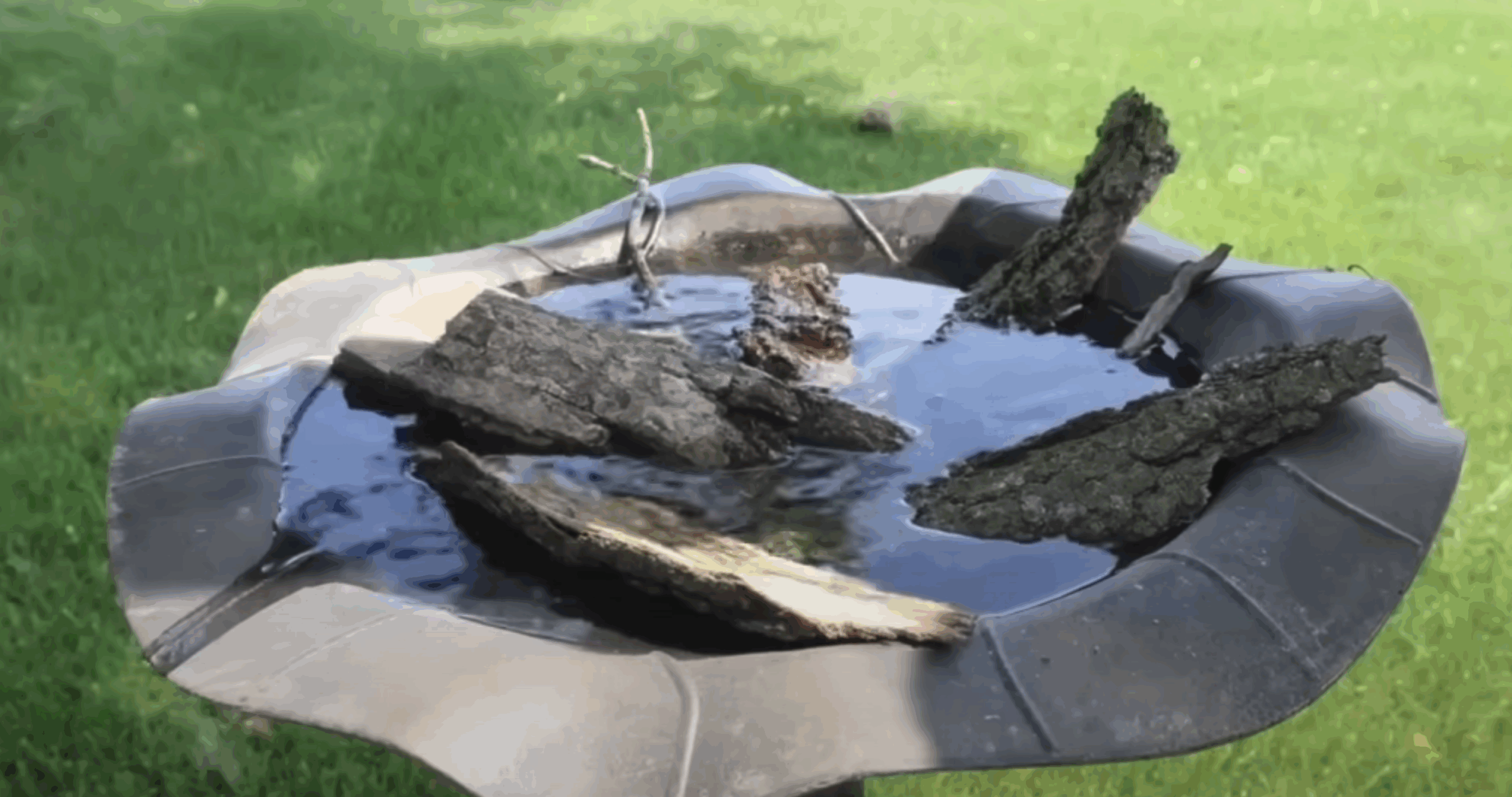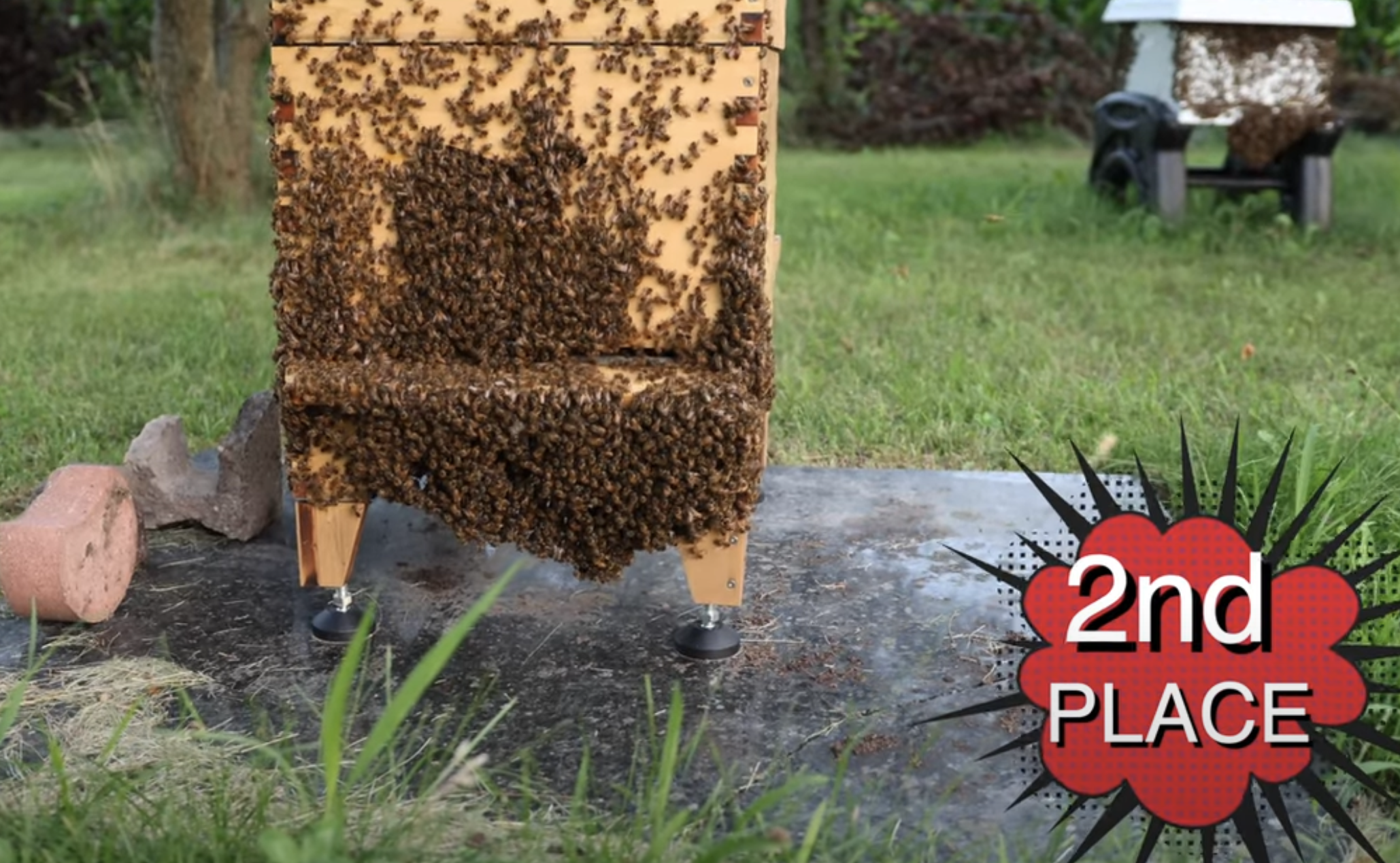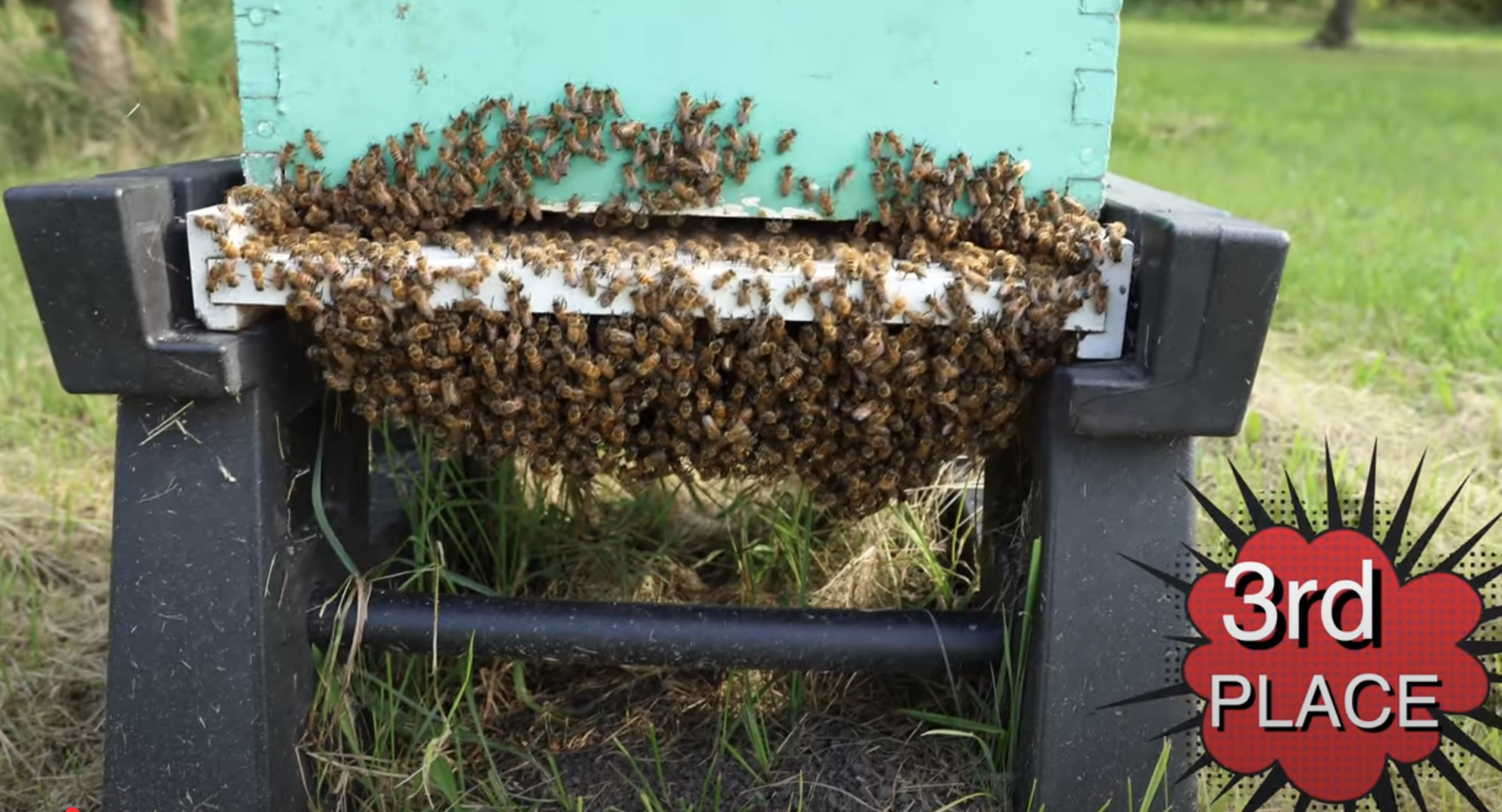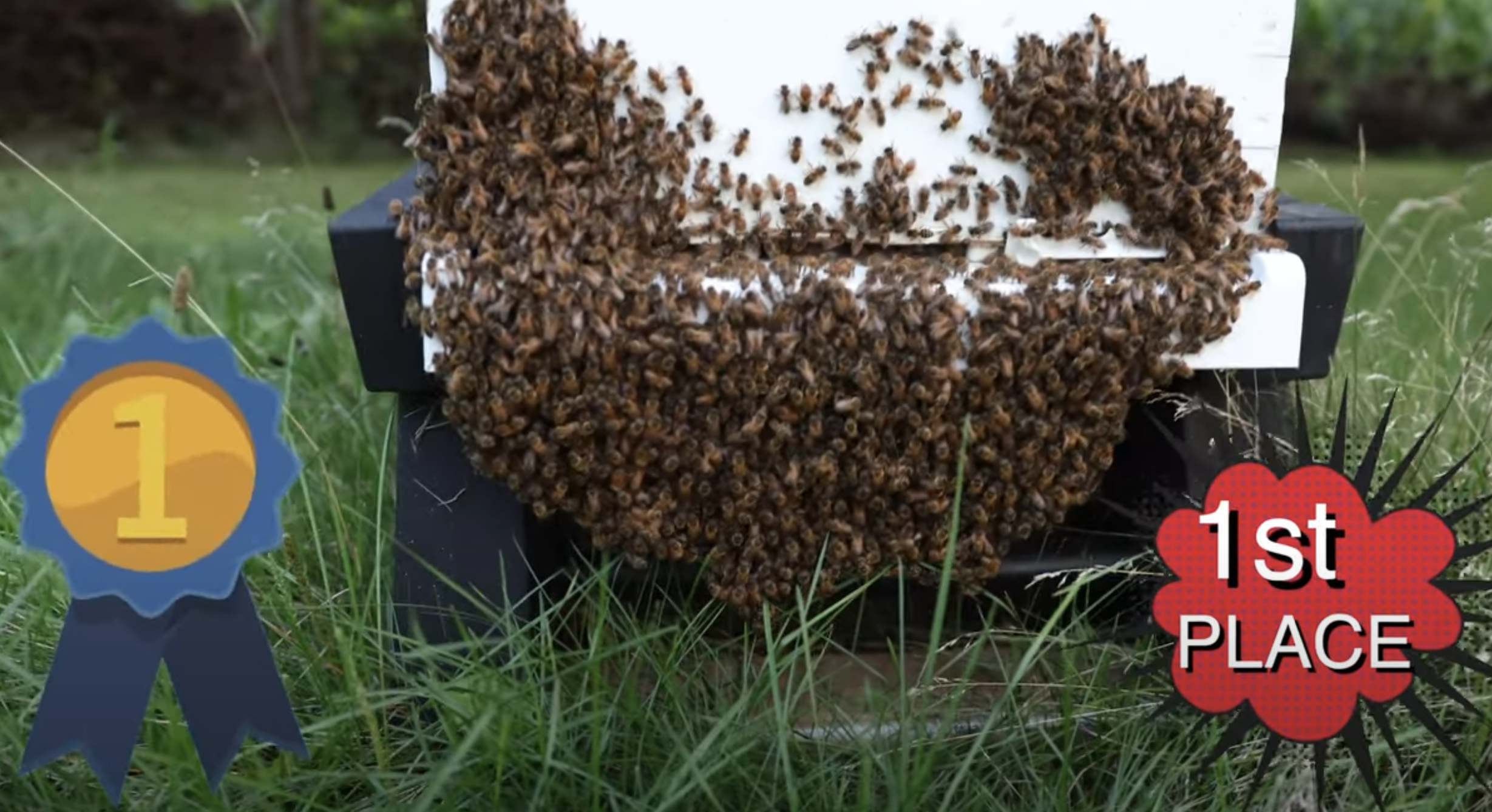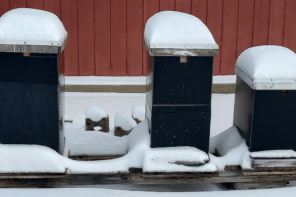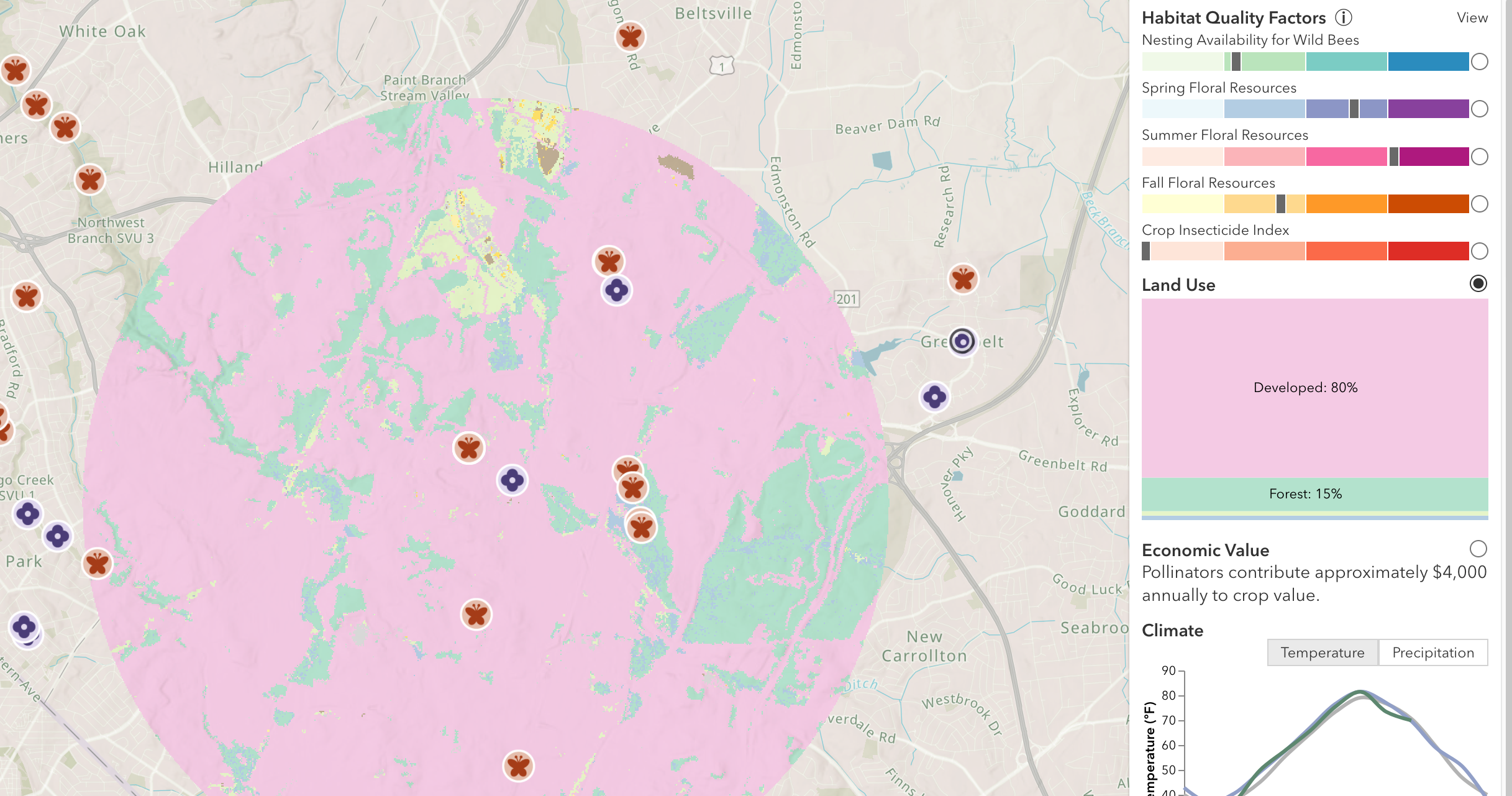Click Here if you listened. We’d love to know what you think. There is even a spot for feedback!
Read along below!
How to Support Struggling Colonies in Extreme Heat
By: David Burns
The start of the bee season is filled with cooler Spring temperatures, an abundance of nectar and pollen, and the desire for bees to reproduce. It’s so enjoyable watching bees bounce from plant to plant from flower to flower. But as the season progresses, we get into Summer when many Spring plants and trees have finished blooming and the weather heats us. By late Summer, many areas enter a dearth, a time when little to no nectar is available. This means that foragers are staying home during some of the hottest days of the year — the hive is packed making even more heat.
This is when our hives are at their largest population, nectar is scarce and the heat is relentless—a bad combination for our bees. The optimal temperature range for capped pupae is 93°F-95°F (34°C-35°C). As temperatures in the hive exceed this optimal range pupae can begin to suffer. Developmental issues start around 96.8°F (36°C). When temperatures rise above 98.6°F (37°C), developing bees can become deformed, and pupae may even die.
Thankfully, our bees go to work at cooling their hive. The colony abandons foraging for what little nectar is available and shifts to water detail only. Foragers begin bringing large amounts of water into the hive and carefully place it on the capped brood and turn on their AC known as evaporative cooling. As the water evaporates from the brood it pulls the heat away as well, maintaining the optimal brood temperature.
Since the hive is very populated this time of the year, excess bees make their way to the outside of the hive in late afternoon and evening. All those hot bodies in the hive would create too much heat. Bees begin forming a beard clinging to the front of the hive and hanging down from the bottom board, sometimes reaching onto the ground. New beekeepers who have never witnessed bearding will often panic and wonder what horrible thing has happened to their hives.
Every year, usually on a late hot afternoon in August, I hold my annual hive bearding contest. Which of my hives will grow the longest, fullest or most unusual looking beard. I take pictures and each hive becomes quiet competitive hoping to win this year’s trophy.
Bees line up and push and pull air through the hive. Inside the hive, bees 12-14 days old will place themselves on the brood, absorb excess heat in their body, then quickly walk away carrying away the excess heat. If temperatures become excessively hot for a lengthy period, bees will even begin to spread out the brood area rather than keeping it compact in the center of the hive.
Hot Summer temperatures along with dry weather has been found to add to Winter losses (Switanek et al., 2017). As the season heats up, bees spend more time and energy keeping their hive cool at the expense of gathering resources and raising brood. This could result in more stored resources being consumed to cool the hive thus reducing Winter stores. Excessive heat in late Summer and early Fall can reduce brood production — limiting the number of Winter bees being raised at this crucial time.
What should and can we do as beekeepers to help our bees during the dog days of August?
Provide Shade
With the threat of small hive beetle being attracted to shade, many hives now are placed out in full sun. I’ve found a way to keep my hives in the sun but provide shade. I cut a 4 x 4 foot piece of OSB and place it on top of my hives. A heavy cinder block is needed to keep it from blowing away. This board provides an amazing amount of shade to my hives during the hottest hours of the day while keeping my hives in a sunny spot.
Provide Water
A water source is a must in hot weather especially if your weather has been dry. I have found it cost effective to purchase plastic bird baths and fill them with water, rocks and sticks. Since bees use water to cool their hive, a nearby water source will help them keep their hive cool.
Provide Food
During early Fall when nectar sources have ended, I like to feed my bees 1:1 sugar water with a few additives to aid my bees in raising bees of Winter physiology. Bees of Winter physiology raised in the Fall will live 4-8 months, carrying the hive through Winter.
The dog days of August will test the limits of both us and our bees. Simple interventions — like offering shade, fresh water and supplemental feed — can tip the scales in our bees’ favor. These small measures can help maintain healthy brood, reduce colony stress and ensure the bees have the strength and resources needed to survive the coming Winter.
If you’d like to see more on how I navigate my bees through hot weather, check out my YouTube channel: www.honeybeesonline.com/davids-youtube-channel
Switanek, M., Crailsheim, K., Truhetz, H., and Brodschneider, R. (2017). Modelling seasonal effects of temperature and precipitation on honey bee winter mortality in a temperate climate. Sci. Total Environ. 579, 1581–1587. doi: 10.1016/j.scitotenv.2016.11.178.



